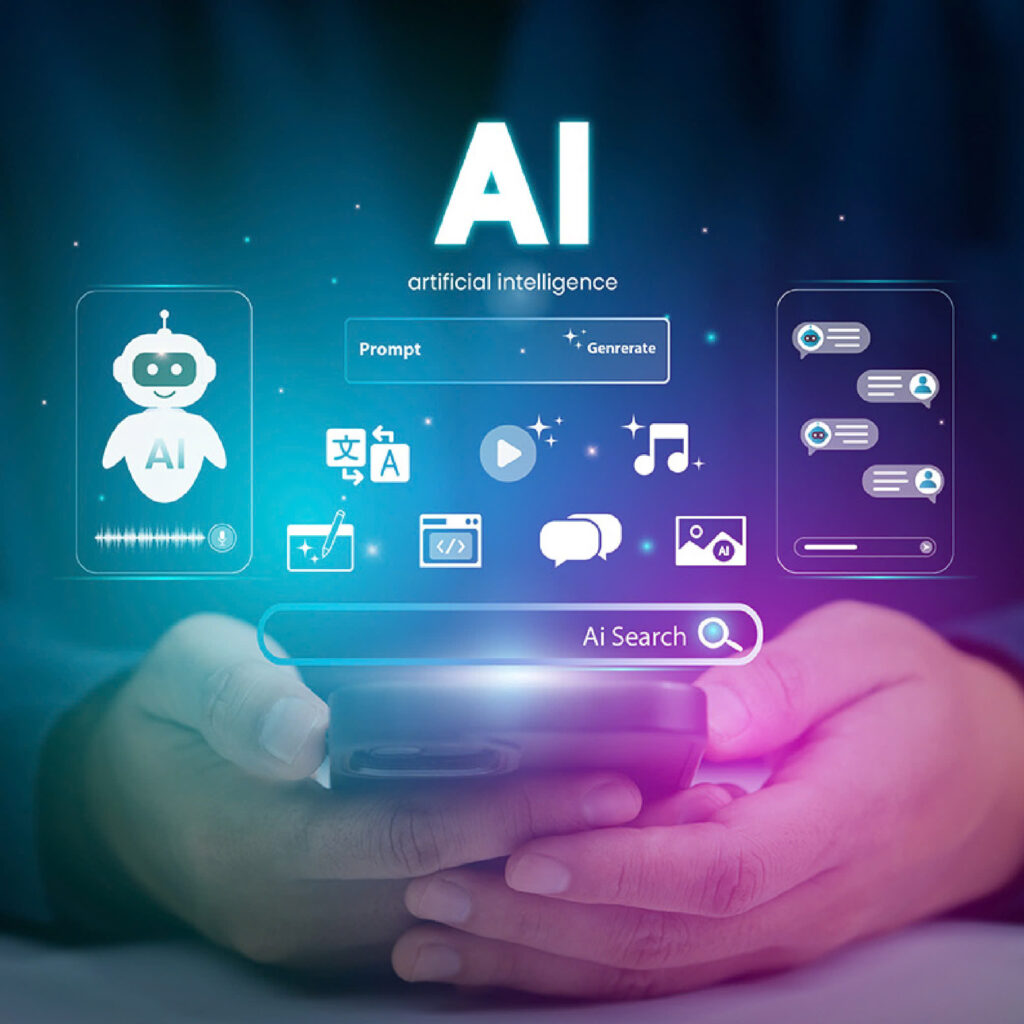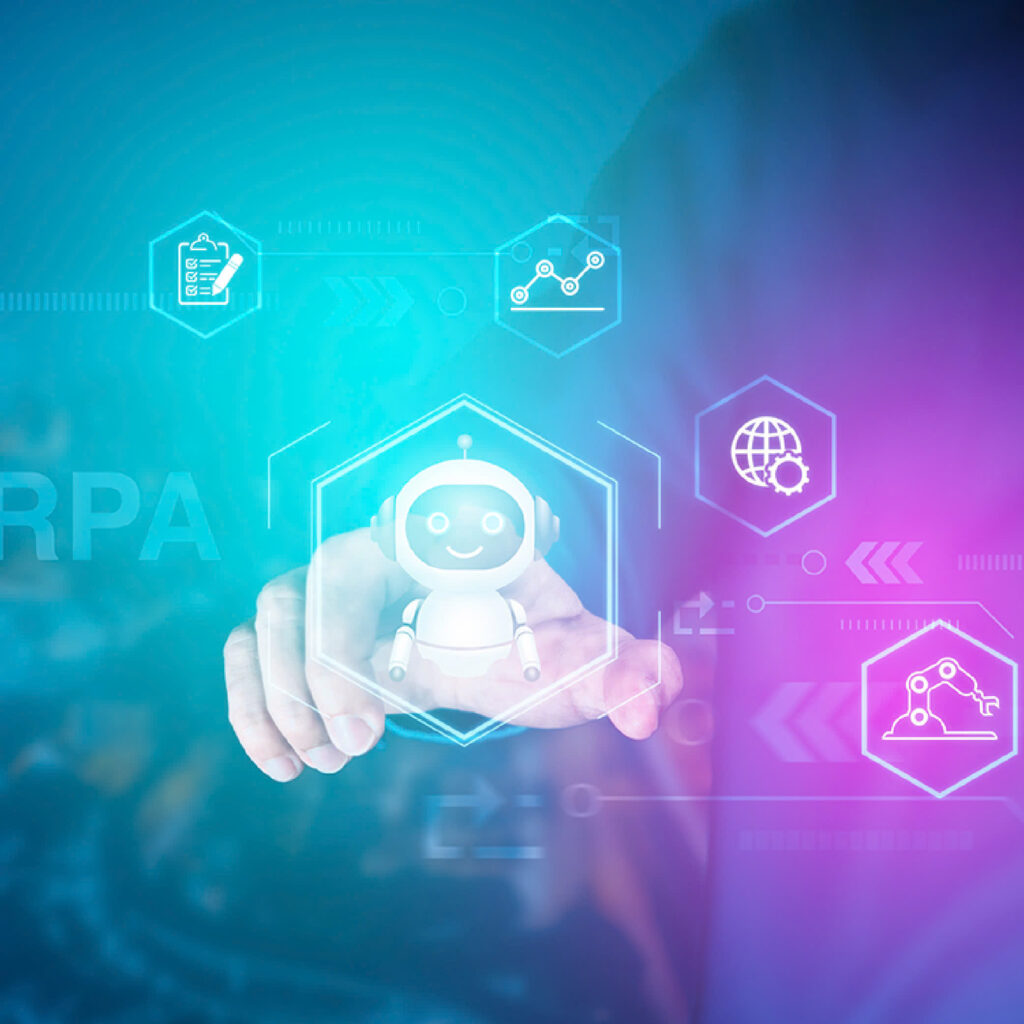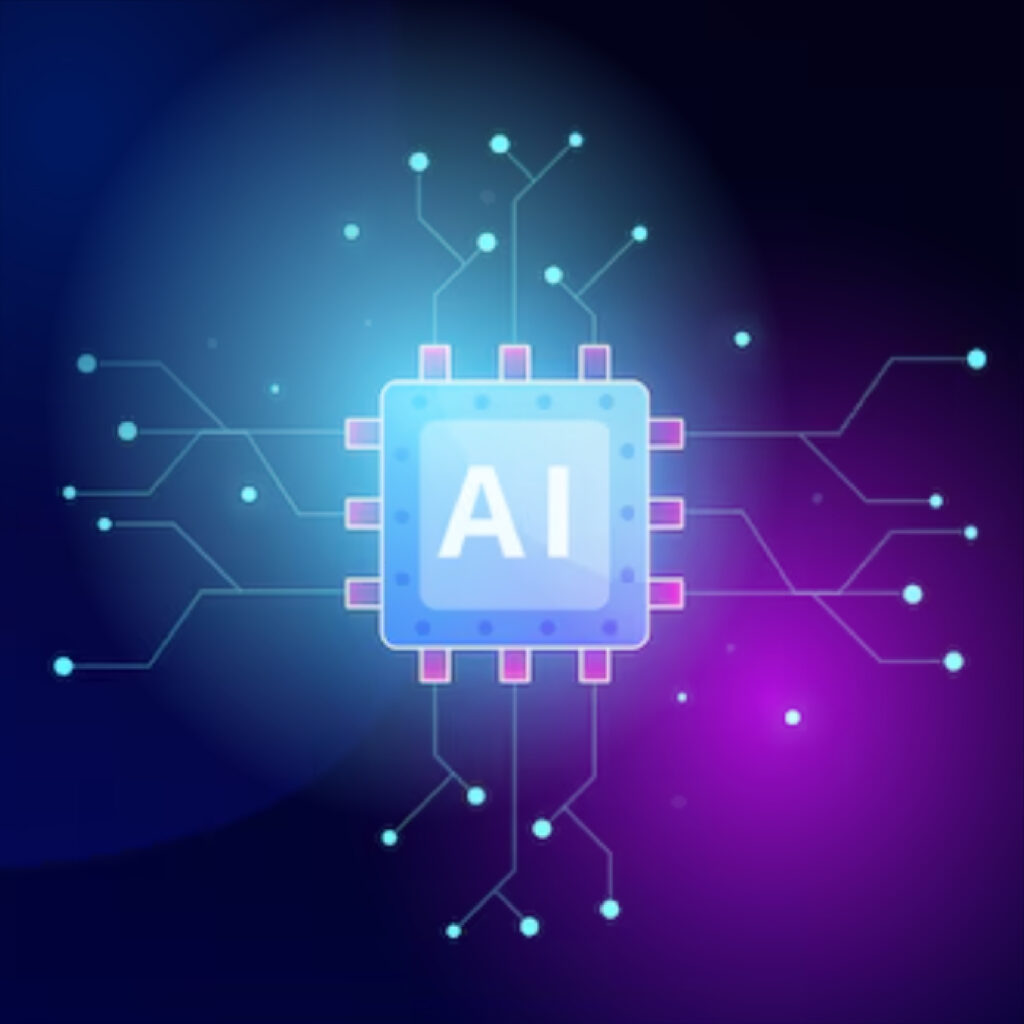AI is like a tidal wave, sweeping across all departments, and sales is no exception. While sales have been slower to adopt AI than other departments, salespersons are now more open to accepting this future-defining technology to drive more effective results.
Over half of salespersons (58%) agree Gen AI has the potential to help them increase their productivity and estimate it can save them 4.5 hours a week. 61% also note that it has the potential to help them better serve their customers1.
While only 37% of all sales organizations have embraced AI, over half of high-performing sales organizations leverage AI2.
The slower adoption rate stems from factors like skill gaps and trust issues.
Why should AI be leveraged in Sales?
Sales is a data-intensive function, generating significant data from email communications, in-person meetings, online interactions, and phone conversations. This data reveals which customers are most interested in the product or dissatisfied with the service. However, this data is often unstructured and scattered, making it difficult to extract actionable insights.
AI is the ideal technology to leverage in sales because it can generate actionable insights from a myriad of data.
Another benefit of using AI in sales is automating administrative tasks.
Salespersons spend an estimated 33% of their time actively selling3. Administrative tasks can become a distraction, and because they are often redundant and mundane, they can easily be automated. For instance, it can help salespeople write emails, create and send proposal requests, pull data from various touchpoints, organize it in the CRM, and generate minutes for the meeting.
How can organizations start integrating AI in sales?
1. AI-powered conversation intelligence
Conversation intelligence is software and platforms that enable salespersons to extract valuable and actionable insights from customer interaction. The software uses technologies like NLP (natural language processing), AI, and ML for speech recognition, transcription, extracting insights, and more.
AI-powered conversation intelligence can also track key metrics, such as average handling time and time taken to resolve customer queries. This information can help companies improve customer experience and interaction with their sales teams.
It can enable the sales team to:
- Establish workflows to have a structured and streamlined onboarding process.
- Automates note-taking process, enabling greater visibility into customer objections, pain points, and more, suggesting better next steps.
- Allows tracking results and KPIs such as average handling time and the time taken to resolve customer queries, enabling companies to improve customer experience and interaction with their sales teams.
Product instance: Gong is a widely known conversion intelligence app that tracks sales interactions, captures customer interaction at scale, and enables teams to deliver personalized interaction at every step, leading to an increased conversion rate.
2. Automates sales enablement
Sales enablement is a broad term, but in essence, it is the process of enabling salespersons to sell better. It includes tools and software, enabling the sales team to save time, sell more effectively, and deliver timely information to their prospects.
This process is often called AI-guided selling. These solutions provide real-time insights and information, work proactively, and allow salespeople to get information on time instead of searching for relevant information.
Furthermore, AI-guided selling can:
- Free up time for salespeople to focus on value creation and relationship building.
- Save time by not having to search for information.
- Know when to share what type of content so it is relevant to prospects in the stage they are at in the buyer’s journey.
Product instance: Seismic is a leading sales enablement platform that provides all sorts of solutions, from increasing revenue to coaching teams to sales content management. It allows sales reps to be highly effective, close more deals, and distribute relevant content at every stage, at scale.
3. Improve lead gen and forecasting
Lead generation and forecasting work on the same principle as lead scoring and prioritization—by analyzing historical and real-time data. Forecasting is enabled by AI building mathematical models based on this data so that forecasting is not done based on intuition, which can be prone to bias or inconsistencies. It provides a much more streamlined and predictable model.
With AI-driven forecasting tools, sales teams can:
- Focus only on potential leads instead of wasting time on every prospect.
- It forecasts supply demands and informs the sales team where to invest their time, energy, and resources.
- Understand customer sentiments to reduce churn rate and increase conversion rates.
Product instance: Aviso is a leading AI-driven sales tool that enables sales reps to enhance their overall sales pipeline, such as scenario forecasting, AI-generated suggestions, forecasts, and more.
4. Lead scoring and prioritization
Lead scoring and prioritization are often done with intuitive or manual work, leading to subjective decision-making, inconsistencies, and errors. With AI-driven, lead scoring can be standardized, save time by improving the efficacy, and accelerating the process.
AI lead scoring combines advanced algorithms, real-time consumer insights (such as demographics, firmographics, and more), and historical data. By analyzing this data, sales teams can generate trends and patterns that help them effectively score people based on their interaction with the brand.
It enables the sales teams to:
- Consistently and progressively improve the lead scoring and prioritization process.
- Automate lead scoring methods to save time.
- A better understanding of leads, enabling salespeople to identify viable prospects in the future.
Product instance: Salesforce has integrated GenerativeAI that analyzes customer interactions, generates insights that increase conversions, and highlights when a customer is ready to take the next step.
Final words
Integrating AI into sales functions makes it more accurate, faster, and streamlined. Instead of traditional manual systems or intuition-based models, AI usage can disrupt sales by enabling better customer service, faster response times, and more accurate content distribution and targeting.
However, one downside to AI could be the inaccurate and inconsistent responses. To overcome this issue, organizations should integrate AI into their systems rather than using publicly available solutions. It will allow the AI to draw insights from the organization’s database, leading to more insightful results.
Finally, leveraging AI can come with a learning curve; hence, organizations should educate their sales reps and start incorporating AI systems in a way that doesn’t become a hurdle. Instead, it guides salespeople to close more deals and be more effective.
Sources:
2 Hubspot
3 Uplead




















